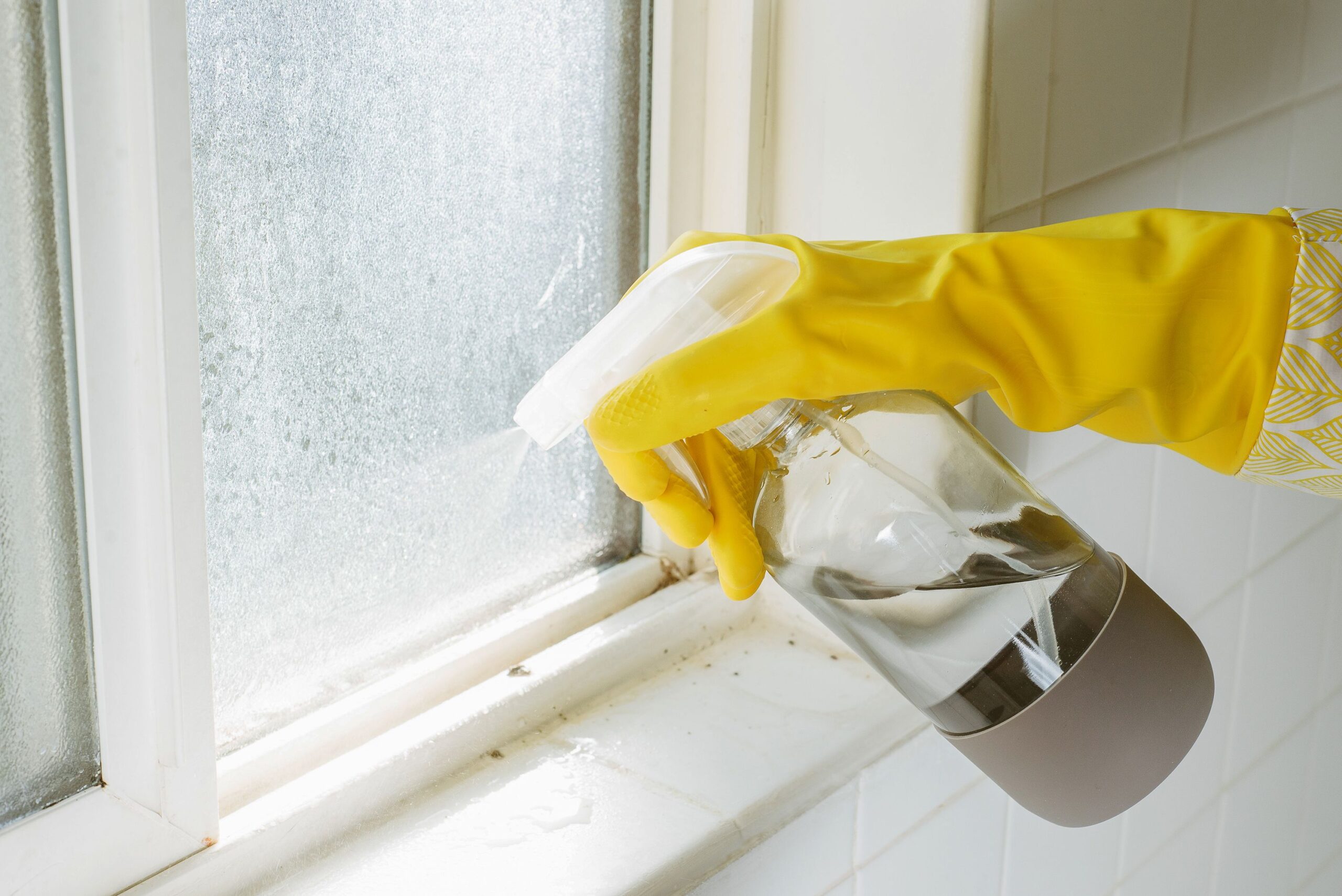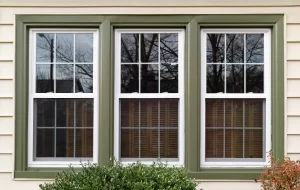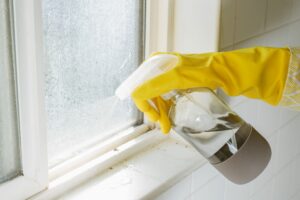
Mold in your home is more than an unsightly nuisance; it’s a clear warning that excess moisture is lingering where it shouldn’t. One of the most common places it shows up is on window sills. These overlooked spots can quickly become problem areas if not maintained properly. Homeowners can take simple preventive steps that help stop mold before it starts.
Why Mold Forms on Window Sills
Spotting mold on window sill is very common as this is where condensation collects. Window sills, especially those made of wood or older materials, are vulnerable to moisture buildup from temperature changes and indoor humidity. Poor ventilation, daily temperature shifts, and leaks contribute to this issue.
Mold thrives on damp surfaces, and without prompt action, it can cause damage to your windows and the surrounding structure. Over time, the integrity of the window frame may weaken, leading to costly repairs. Mold spores can also affect indoor air quality, posing health risks for those with allergies or respiratory issues.
Improve Ventilation Around the Windows
A simple fix professionals recommend is improving air circulation near windows. Without good airflow, moisture lingers, especially in colder months when condensation increases. This trapped moisture creates the perfect environment for mold to grow and spread quickly.
- Open windows regularly to let fresh air circulate.
- Use bathroom and kitchen exhaust fans to manage humidity levels.
Keeping the air moving helps dry out moisture before it has a chance to settle and turn into mold.
Seal and Maintain Windows Properly
Professionals know that sealing isn’t just about improving energy efficiency. It’s also a frontline defense against mold. When windows aren’t properly sealed, even small gaps can allow moisture to creep in.
Check your windows periodically for visible cracks, shrinking caulking, or signs of water damage. Applying fresh, waterproof sealant when needed prevents water from seeping into the wood or drywall around your sills. Prompt repairs stop small issues from becoming larger, mold-filled problems.
Keep Window Sills Clean and Dry
Routine cleaning is a small habit with a big impact. Dirt, dust, and even dead skin cells can feed mold when combined with moisture. Professionals recommend wiping down sills at least weekly, especially after rainfall or in high-humidity weather. Use a mild cleaner or vinegar solution to disinfect the area, then dry it completely. Avoid leaving items like potted plants or wet cloths directly on the sill, as these create ideal mold conditions.
Upgrade to Mold-Resistant Materials
If you keep spotting a colony of mold on window sill, it may be time to consider a long-term solution. Mold-resistant sills are made from vinyl, composite, or pressure-treated wood, all of which handle moisture far better than untreated timber. Some modern window systems also feature built-in drainage to direct moisture away from the frame. Swapping outdated materials for modern alternatives adds value and long-term protection to your home.
Choose a Professional Installation and Maintenance Service
Even the most mold-resistant materials won’t help much if they’re not installed correctly. A misaligned frame or poorly sealed joint can let moisture in from the start. This is where professional services make a difference.
- Experts ensure proper alignment and weather sealing during installation.
- They can recommend materials suited to your home’s climate and layout.
- Scheduled inspections and maintenance services help catch issues early.
Choosing expert support prevents mold and extends the life and efficiency of your window systems at the same time.
Preventing mold on window sills doesn’t require major renovation; it requires practical habits and well-informed upgrades. With the right materials, consistent care, and expert installation, your home stays healthier and mold-free. A small effort now protects your space and peace of mind for a long time.








